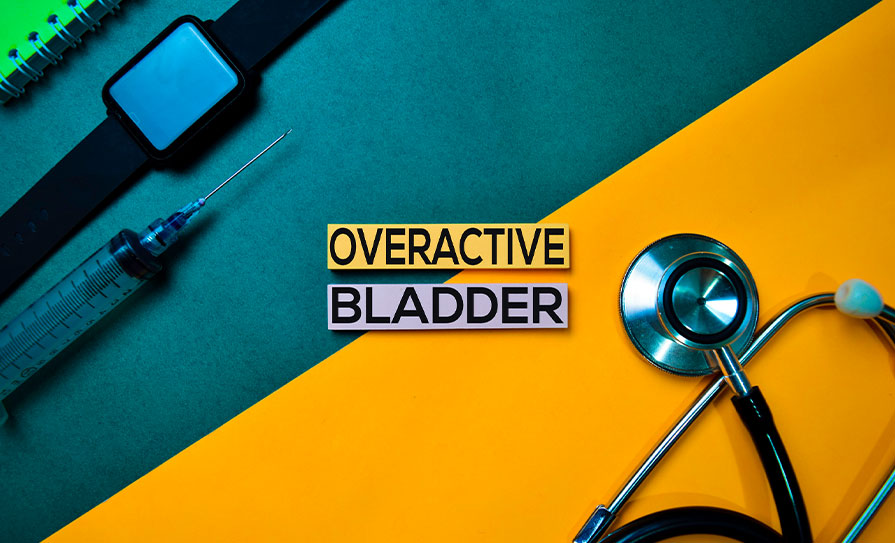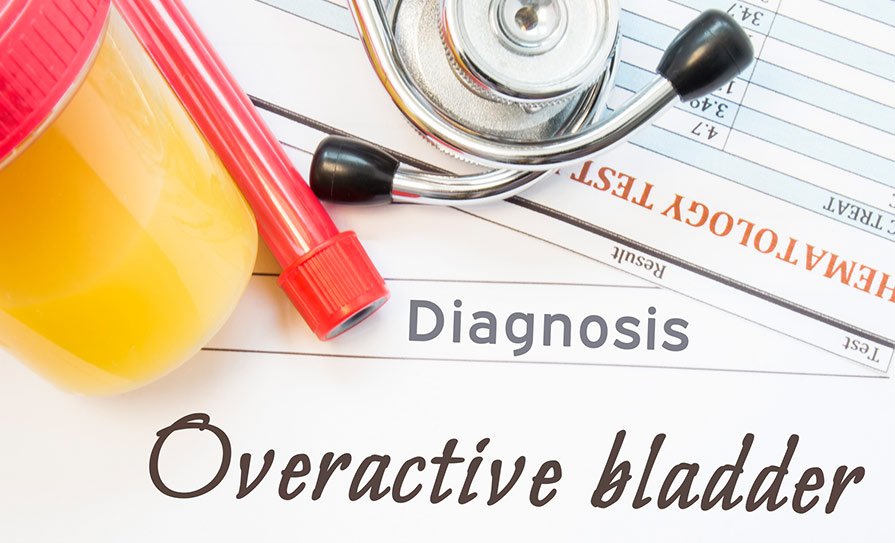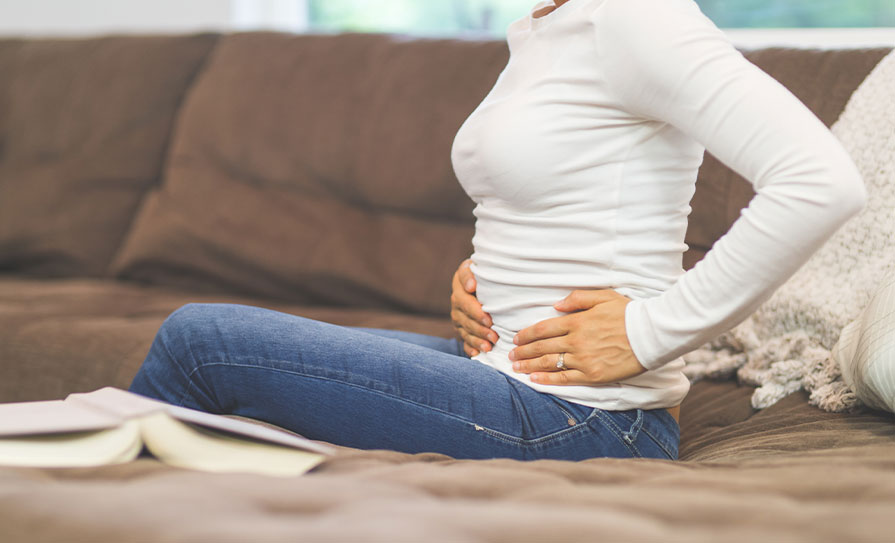The International Continence Society (ICS) defines overactive bladder (OAB) as symptoms of urgency with or without urge incontinence, usually associated with urinary frequency and nocturia in the absence of local pathology and significant endocrine factors. OAB can also be associated with detrusor overactivity on urodynamic testing.
The prevalence of OAB is reported at 12-to-17 per cent of the population, and this figure significantly increases with age. The condition affects approximately 350,000 of people over the age of 40 years in Ireland.
OAB has a significant impact quality-of-life and is responsible for several other comorbidities, including falls and fractures, depression, and increased risk of hospitalisation.
In many cases, the exact cause of OAB is unknown, but stress can worsen the condition and the types of fluid a patient drinks can also have an effect on their symptoms.
Diagnosis
OAB is a diagnosis of exclusion. A physical examination needs to be conducted on all patients and should include assessment of urinary, gynaecological, and neurological systems. Urinalysis, by dipstick initially, should be performed to rule out haematuria, infection, and glycosuria, which might indicate the presence of diabetes.
Validated questionnaires are available to assess effects on quality-of-life as well as symptoms. Bladder diaries or frequency–volume charts provide an accurate and reliable measure of voiding patterns.
Treatment options
Lifestyle changes
An important part in the management of OAB includes lifestyle changes. These include adjusting volume, timing, and types of fluids. It also includes decreasing evening fluid intake – particularly if the patient complains of nocturia – and decreasing intake of caffeine and other fluids that can cause irritation to the bladder, such as spicy food, citrus, tomato, alcohol, and carbonated drinks.
If they are overweight, it is also important to ask the patient to lose weight, as weight loss has a significant positive effect on leakage. They should also be advised to quit smoking, and increasing dietary fibre will help them to avoid constipation.
Bladder training
The purpose of bladder training is to increase the voiding interval and decrease urgency and associated urge incontinence. There are usually three components to this training: Patient education; scheduled voiding; and positive reinforcement. The process should be undertaken in small stages.
Pelvic floor rehabilitation programmes are aimed at strengthening the pelvic floor musculature. These exercises should be done in conjunction with lifestyle modifications.
Pharmacological therapy
In primary care, patients presenting with typical OAB symptoms that are not responding sufficiently to conservative lifestyle management can be treated empirically with an anticholinergic agent. Patient compliance is frequently an issue, however, due to side-effects including dry mouth and constipation.
Absolute contraindications to anticholinergic use include urinary retention, gastric retention, uncontrolled narrow-angle glaucoma, and known hypersensitivity to the individual drugs or their ingredients.
The need for continuing anticholinergic drug therapy should be reviewed every four-to-six weeks until symptoms stabilise, and then every six-to-12 months thereafter, according to HSE guidance.
Another option is a β3-adrenoceptor agonist (mirabegron) with a mechanism of action that is distinct from anticholinergics. Therefore, it has fewer side-effects and is considered as a second-line therapy when patients are intolerant to anticholinergics.
Combination therapy (antimuscarinic and beta3-agonist) may be considered in patients refractory to monotherapy.
Refractory OAB
Intradetrusor botulinum A and sacral neuromodulation provide safe and efficacious management of refractory OAB. Percutaneous tibial nerve stimulation and augmentation cystoplasty are other options in a select group of patients.
Urinary diversion should be considered as a last resort option only when conservative treatments have failed.
Summary
OAB is a common, but bothersome condition, that can have a significant effect on quality-of-life. Taking a thorough history and a targeted physical examination is imperative in reaching a diagnosis, along with other appropriate investigations. The role of behavioural therapy and lifestyle modifications is important, as these can have almost equal efficacy to pharmacological treatment. Follow-up and shared decision-making are also key. Useful patient information and support is available at www.oab.ie.









Leave a Reply
You must be logged in to post a comment.